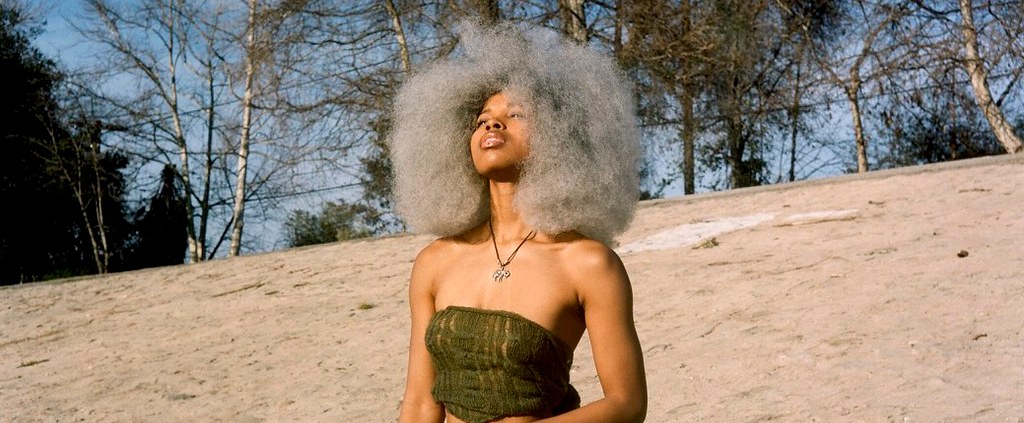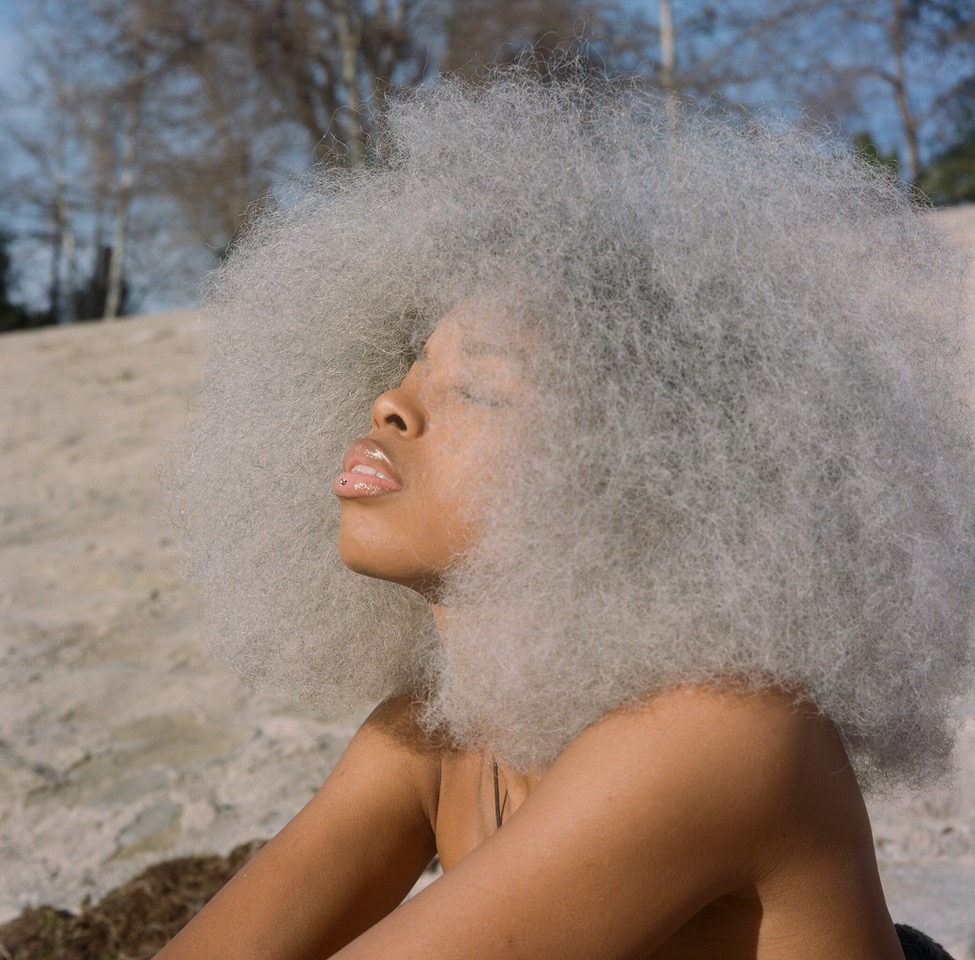
This blog is the fifth and last part of Lou Noble’s photography techniques series: 'The Noble Method.' Lou is the editor-in-chief of The Photographic Journal, and a Flickr member since 2005.
I come home from an afternoon of picture-taking with a memory card full of photos. I upload them, maybe wait a day or two, then take a look.
Many people keep all their photos, but through trial and error, I’ve found discarding the photos I don’t like to be more useful. I use the editing process to cull the photos that do not reflect my style, my point of view. I’m very critical of the photos, but not of myself, and that’s crucial—to judge the work, not the person.
Which photos make me happiest? Which photos have me nodding my head, exclaiming, “This! This is what I was after!”? Those are the ones to keep. If there are photos I’m on the fence about, I’ll keep them around for another month or two or however long it takes to resolve my opinion. But anything that feels off, like it could be done better, or feels generic, like anyone could have taken this photo? Those are the ones that I discard. And I discard a LOT.
Because it’s not just about taking pleasing photos. It’s about taking photos that I recognize as having come from my unique perspective.
And this editing down, not only does it mean more room on the external hard drive, it also helps me hone my point of view. Doing this with every shoot, I become more and more conscious of my preferences, my visual language.
“Why am I hesitant to delete this image?” That is an opportunity to become more in touch with my artistic sensibilities.
“Why didn’t this photo work?” is a chance to correct an error in our technique.
I use the editing process to question myself, to become more conscious of what I’m after, and where I go wrong.
This shot of Cheeno, for instance. I liked it… but it felt… not quite right. So I let it sit, came back to it maybe three months later. What do I like about the shot… her expression, her face. The background was… fine, her pose was…fine, but her face, framed by her hair, that calm expression, taking in the sunlight, that’s where my interest was, that’s what my eye kept being drawn to. The rest was distracting me from what I really wanted to focus on.
How to bring the viewer’s eye to this, to the exclusion of all else? I should’ve been closer, next time I’ll get closer, but… what if I just cropped it all away, leaving just the part I liked? And now we have a shot that I feel good about. Now it’s doing exactly what I want it to. The viewer sees it the way I saw it.
It’s not just sorting the good photos from the bad. It’s a process that I use towards greater self-awareness.
The more we understand our own work, the more we understand ourselves. The more we understand our own work, the better our photos will be the next time we go shooting.
And when put together with Communicating about what we want from a photo, repeating techniques until they are second nature, developing a sense of artistic competition as positive motivation, I (and now you) have a robust system, a set of tools that will inevitably lead us to more unique photos, photos that make us feel satisfied, photos that bear the stamp of our personal POV.
And that’s where the fun really starts.
How do you deal with self-critique? Let us know on Flickr Social!





